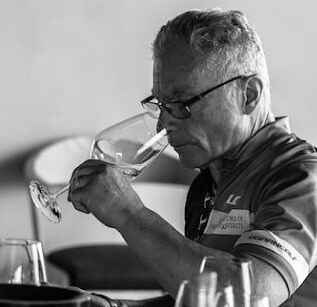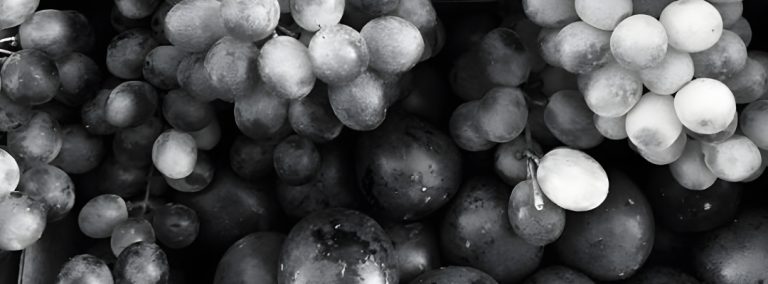When you see wines from France with Grand Cru or Premier Cru on the label, you know the grapes that were used to make them come from the best vineyards. Best means the fruit produced by a vineyard has been recognized as being of the highest quality. This classification is most commonly found in Burgundy where they have 33 Grands Crus and 635 Premier Crus. Grand Cru is the top quality rating a wine can have and Premier Cru is the next step down.
They’re not terribly different but you may find slightly more depth in a Grand Cru wine. A Grand Cru will also be double or triple the price of a Premier Cru because there are so few of them. Note, some of the most famous growing areas in Burgundy, including Nuits-St.-Georges, Volnay, and Pommard only have Premier Cru vineyards.
A similar system is used to rank vineyards in Champagne, a few areas of Bordeaux and in Beaujolais and Alsace too.
How wine is classified in Burgundy
- Grand Cru is the top level.
- Premier Cru is the second highest quality rating.
- Village means a wine comes from a town within the appellation.
*Bourgogne Rouge or Bourgogne Blanc can be made with grapes from anywhere within Burgundy and are often a blend of different appellations.
Grand, Premier and Village designations
All Burgundy wines, including Chablis, are ranked using this classification system. The thing to note is, it is the vineyards themselves that have the Cru designation, not the producers. Take for example the Nuits-St.-Georges appellation. Les Pruliers is a Premier Cru vineyard. Domaine Gouges produces a Premier Cru from Les Pruliers, but they also produce an AOC wine which is classified as a Village. This is likely because the AOC wine comes from vines grown in another area.
You can also find wines with Premier Cru on their labels that do not have a vineyard listed on the bottle. That’s usually because they’re a blend of fruit from several Crus.
Top Tip: You will see AOC written on many French wine labels. AOC means Appellation d’Origine Contrôlée and denotes wine produced according to the regional governing body’s set regulations for a given area. Every appellation will have its own AOC standards and rules.
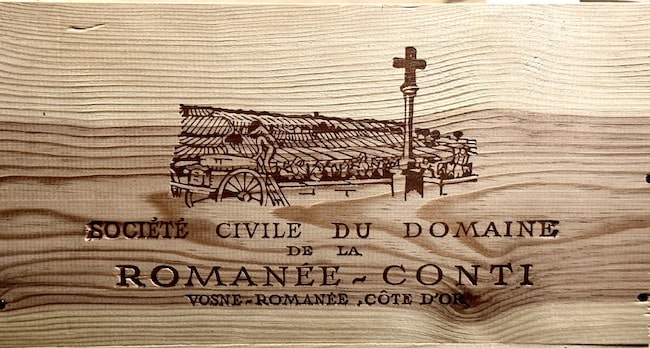
More about Burgundy
After the French Revolution, land was taken away from the noble classes and clergy and divided up and given to everyday people. France has some unique heritage laws, and as a result individual areas were even further subdivided so you can have a grower who only owns two or three rows in a Grand Cru vineyard. This isn’t necessarily enough grapes to make wine with, so a lot of owners sell their harvest to a larger-scale grower or producer. The result of this is in Burgundy you don’t often find one producer who owns a whole vineyard. What you have is producers making small amounts of wine from a lot of different vineyards.
There are exceptions to this rule though. When there is just one owner of an entire vineyard it’s called a Monopole and there are five Grand Cru Monopoles: La Romanée, La Grand Rue, Romanée-Conti, La Tâche, and Clos de Tart.
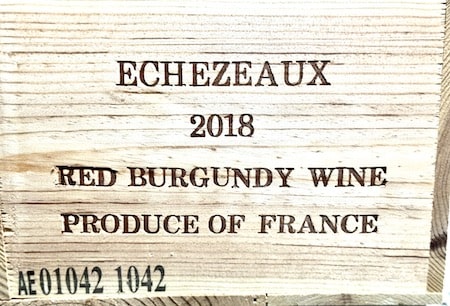
What are the other Grand Cru vineyards?
- Chablis Grand Cru
- Chambertin Clos-de-Bèze
- Chapelle-Chambertin
- Charmes-Chambertin
- Griotte-Chambertin
- Latricières-Chambertin
- Le Chambertin
- Mazis-Chambertin
- Mazoyères-Chambertin
- Ruchottes-Chambertin
- Bonnes Mares
- Clos de la Roche
- Clos des Lambrays
- Clos St.-Denis
- Le Musigny
- Clos de Vougeot
- Échezeaux
- Grands Échezeaux
- Richebourg
- Romanée-St.-Vivant
- Charlemagne
- Corton-Charlemagne
- Corton
- Bâtard-Montrachet
- Bienvenues-Bâtard-Montrachet
- Chevalier-Montrachet
- Le Montrachet
- Criots-Bâtard-Montrachet
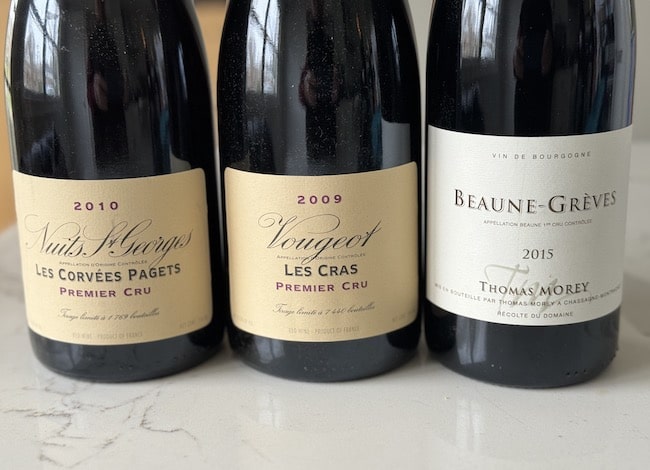
More on wines from Burgundy
Pinot Noir is the red grape that Burgundy is most famous for. However, you won’t it see it front and center on the label as in France they use the regional name for the wine vs. the grape name. Pinot Noir can range from light red to medium ruby in color and is low in tannins. To do well, it needs a cooler climate so it can stay on the vine longer. In this way, it develops its sugar and acidity levels in tandem, so they’re well balanced. The main white wine grape is Chardonnay. Chablis is a wine that’s 100% Chardonnay and is typically unoaked.
Where the Grand Cru designation is most important is in Côte-d’Or (Chablis also has some). Côte-d’Or literally means gold coast and is a series of low-lying hills that run north to south. It’s further split into two areas, Côte de Nuits where they make predominantly red wine and Côte de Beaune where they produce both reds and whites.
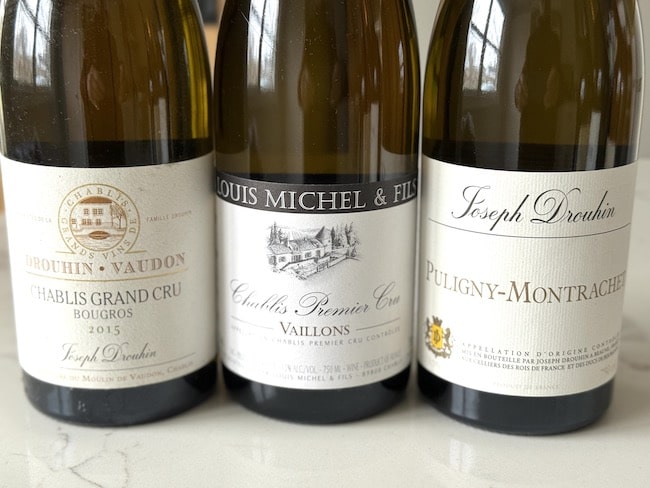
What’s different about Grand Cru wines?
- How they taste. Wines that are Grand Cru have greater depth and complexity and more layers to them. They are a reflection of the specific terroir in the vineyard where they come from. Terroir is a term that sums up your ability to taste the microclimate the grapes were exposed to, elements in the soil in which they were grown, and the angle of the sun and elevation of the vineyard. Terroir is what gives wine its uniqueness.
- How many bottles are produced. With a finite amount of space in a given vineyard, you have fewer vines that can be grown and only so much wine that can be made from them. Moreover, the yields are typically lower to ensure top quality, so in turn production is lower.
- How much they cost. Grand Cru wines are expensive. The higher price is partly because of quality and the supply and demand aspect, but also because a Burgundian Grand Cru has quite a reputation. It’s the kind of wine that has become a status symbol for collectors and as such, prices have skyrocketed, particularly in the last five to ten years. The sad thing is, many wine drinkers have been essentially “priced out” of Burgundy. For example, Le Montrachet Marquis de Laguiche is a Grand Cru Chardonnay that’s considered one of the best Chardonnays produced in the world. In the 1970s, it retailed for $25 a bottle. Today you’ll pay upwards of $1500 a bottle.
- How long they can age for. It depends on the vintage, but they can be aged for 15 to 30 years for reds. For whites, you can age them for 10 to 15 – learn more about aging white wine in this article.

If you want to try one
You can find Grand/Premier Cru Burgundies in better fine wine shops and restaurants. These Pinot Noirs can be drunk when they’re three to five years old, which is typically when they’re released anyway. Depending on the vintage, they can get better in five to ten years so you can choose to drink them when you buy them, or put them in your cellar.
Keep in mind, they’re expensive bottles so you want to save them for special occasions like birthdays, anniversary meals or holidays. They typically pair well with nice cuts of meat, including roasts or veal dishes. You can have Burgundies with medium-rare duck, pheasant, lamb and pork as well. Remember to serve them on the cooler side – learn more about chilling red wine in this article.
Where else do they use this system?
Bordeaux
Bordeaux has several classification systems which can be a bit confusing. You can find Premier Grands Crus Classés in Bordeaux, but only in the St.-Émilion region. It’s important to note the hierarchy of the nomenclature is reversed in St.-Émilion, with Premier coming first and Grands Crus serving as the next step down. Rankings are for individual vineyards and are revised every ten years. For the Médoc, in 1855 61 Chateau were ranked from 1st growth to 5th growth. Then later a Cru Bourgeois classification was introduced for any Chateau that was not included in 1855, or any new Chateau. This was further divided into 14 Crus Bourgeois Exceptionnel, 56 Supérieur, and 179 plain Cru Bourgeois. Wines are tasted in five year intervals and reranked based on their five year tasting profile. Sauternes and Barsac have one Premier Cru Supérieur Chateau d’Yquem and Graves gives all of its red and white wines Grands Crus Classés designations. You can learn more about Bordeaux in this article.
Champagne
The Champagne region has 17 Grand Cru Villages, 42 Premier Cru Villages, and 260 Village designations. This factors into how much you’ll pay for a bottle as the standard price for different quality levels is set annually, and then individual houses will increase the price further. A Tête de Cuvée is the top wine made by a Champagne house and most Tête de Cuvées are Grand Cru or can have some Premier Cru fruit in them.
Beaujolais
Beaujolais is made from the Gamay grape. Beaujolais Villages is considered to be slightly higher than regular Beaujolais and a Cru will be the highest / best expression of the grape. There are ten Cru villages, each located on a different granite mound and you’ll taste subtle differences in the wines depending on the local terroir.
Alsace
Alsace is a wine growing region along the French border with Germany. They make mostly white wines including Pinot Gris, Riesling, Gewürztraminer and Sylvaner. Alsace has 51 Grand Crus.
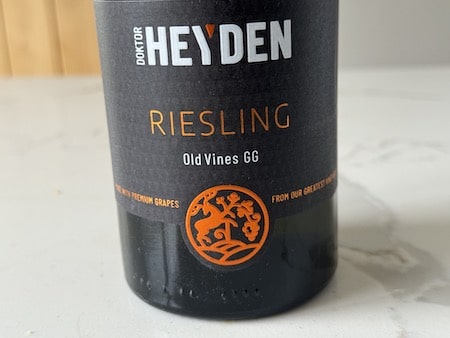
How about in other parts of the world?
Piedmont in Italy has recognized certain Barolo and Barbaresco as Cru. In Germany, they’ve done the same thing. If you see GG on a German label it means Grosses Gewächs or Great Growths which is a way of saying the wine is better than table-wine. Grosses Lage is the highest level and Erst Lage is the next one down.
Tuscany has recognized certain vineyards within winery holdings as producing superior fruit, but there is no official ranking in place yet. Tuscany does have significant regional differences though, and they’re beginning to subdivide it, which may lead to a kind of grading system in the future.
The hierarchy may be shifting
Global warming is having an effect on many wine growing regions around the world, including in Burgundy where for some vintages, the Grand/Premier hierarchy is shifting. Grand Cru vineyards usually sit in the middle part of a hill and in certain years, they can receive too much heat compared to vines growing higher up on the hill or lower dower. This can lead to better quality fruit coming from a Premier Cru.

